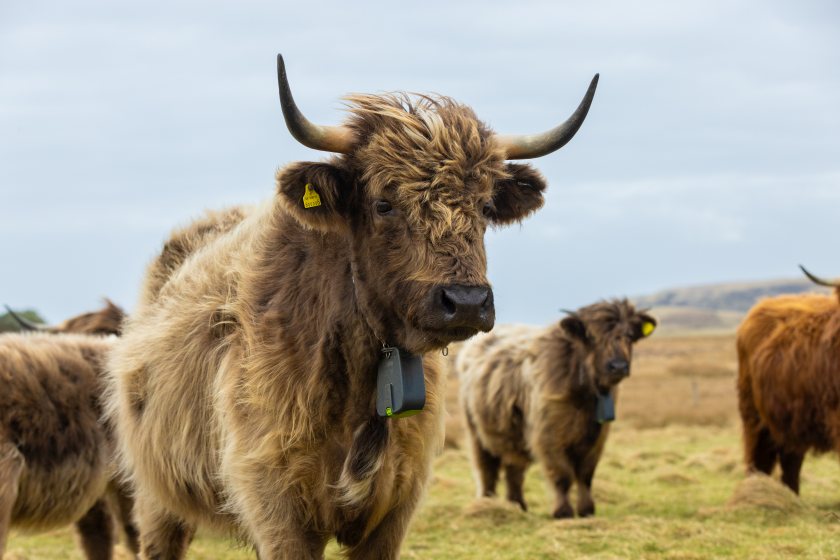
Virtual fencing has hit the mainstream and is reshaping how farmers manage livestock, with the technology in the spotlight in the latest series of Clarkson’s Farm.
Seen in action on goats at Diddly Squat Farm, the technology replaces traditional physical fences with GPS-enabled collars and a smartphone app.
This allows farmers to set and adjust virtual boundaries, monitor animal movements, and remotely manage grazing plans.
The system is now gaining widespread traction across the UK as a sustainable and efficient tool for modern livestock farming.
Jeremy Clarkson, known more for mayhem than management, put the tech to the test in the latest season of his Amazon Prime hit.
Using the technology developed by company Nofence allowed him to deploy goats in hard-to-reach, overgrown parts of his Oxfordshire farm to tackle dense bramble thickets.
“When they were fully compliant, I could release them to do the job I bought them for in the first place, which was to clear the brambles in all the inaccessible parts of the farm,” Clarkson said. “In 5 minutes one bramble bush is really in trouble. That’s fantastic.”
The system uses audio cues that increase in pitch as an animal nears a virtual boundary, followed by a mild electric pulse — significantly gentler than traditional electric fencing — only if the animal continues.
With most livestock adapting quickly, around 96% of boundary interactions are resolved with sound alone.
While Clarkson’s goats have introduced the concept to a mainstream audience, farmers across the UK have been adopting the technology.
Proponents of it say it helps them to lower labour costs, improve animal welfare, and make better use of land once too difficult or costly to graze.
In Pewsey, Wiltshire, cattle farmer James Waight turned to it to improve oversight and reduce workload. “It means that we can keep really good tabs on the health and welfare of the cows,” he explained.
“A cattle bovine’s instinct is to be a herd and if there's an animal sort of straying or flagging away from the herd it's quite a good early indication that its health is an issue.”
In the uplands of Wales, sheep and cattle farmer Hywel Morgan is running his second year of university-backed trials using Nofence.
“The sheep responded really well and adapted quickly — it’s impressive,” he said. “I’ve gained around 200 extra acres for conservation grazing, thanks to the flexibility it offers.”
Founded in Norway in 2011 by goat farmer Oscar Hovde, Nofence is the world’s first commercial virtual fencing system for livestock.
